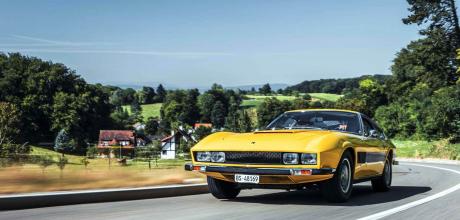1974 Monteverdi Berlinetta
The Basel-based supercar-builder Monteverdi was long shrouded in mystery After a lifetime of dreaming about it, Marc Sonnery finally gets to drive its definitive GT: the Berlinetta.
MONTEVERDI BERLINETTA – SWISS HIGH ROLLER
Swiss slice of V8-powered exotica
For such a shortlived marque, the power of the Monteverdi myth in the collective imagination of car enthusiasts is remarkable. Its story began in 1967 and ended in 1982, and in its day so little information about the company was available that it was almost a secret. To see one at the Geneva show, on a prominent stand near those of Maserati, Ferrari and Lamborghini, was genuinely awe-inspiring.
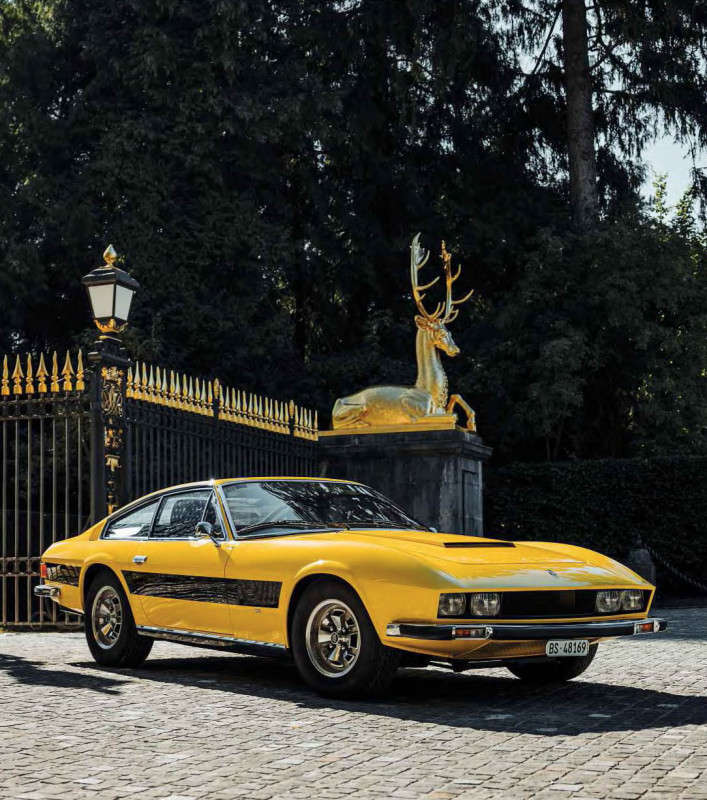

The strong-willed and mercurial Peter Monteverdi was a high achiever, mixing a racing career with time as the Swiss importer of various marques, not to mention being the driving force behind the ultra-rare mid-engined Hai supercar. Yet it is his company’s 375 that stands out, having entered series production even if the exact number built has always been a hot topic among Monteverdi aficionados.
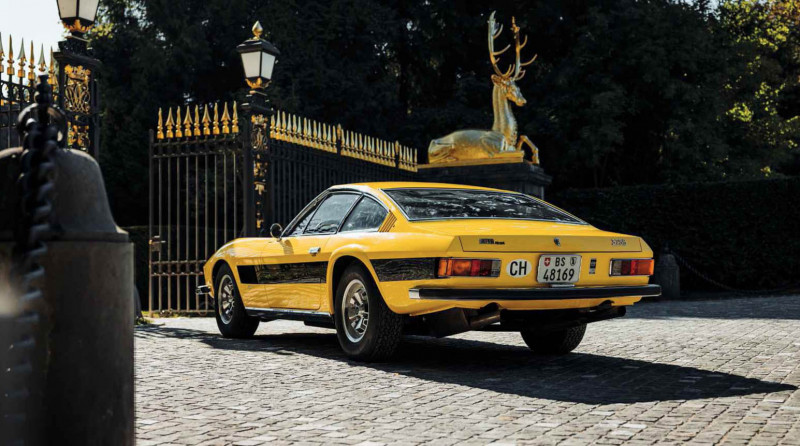
It began with the 375S, engineered in the Basel suburb of Binningen on a beefy squaretube chassis, with a 7.2-litre Chrysler V8 and TorqueFlite automatic transmission. In choosing a big Detroit V8, Monteverdi wasn’t simply following the likes of Iso, de Tomaso, Jensen and others: he had acquired its marine V8 for his first boat, followed by a pair of them for his Riva. So the relationship was already there and, if you want a big V8 for a supercar, well, 7.2 litres isn’t a bad starting point.
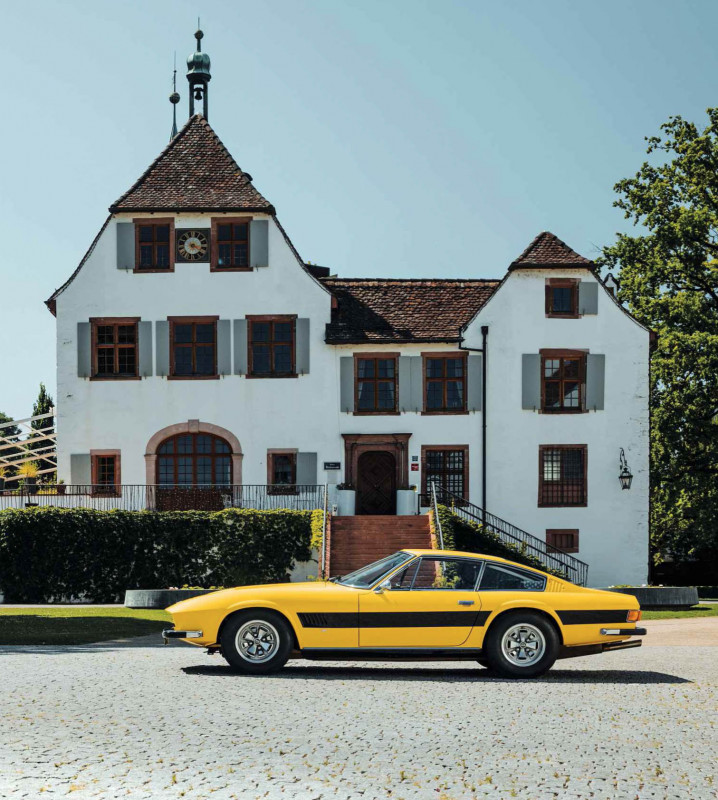
The engine was positioned as far back as possible in the 375’s chassis, allowing for weight distribution of 50.1:49.9. Monteverdi had wanted the bodies built in Switzerland but soon realised that was neither practical nor affordable. The solution lay south of the Alps. After meetings with various carrozzerie he settled on Pietro Frua. The Turin firm would provide bare bodies for the Binningen firm to mount to the chassis before fitting glass and interiors.
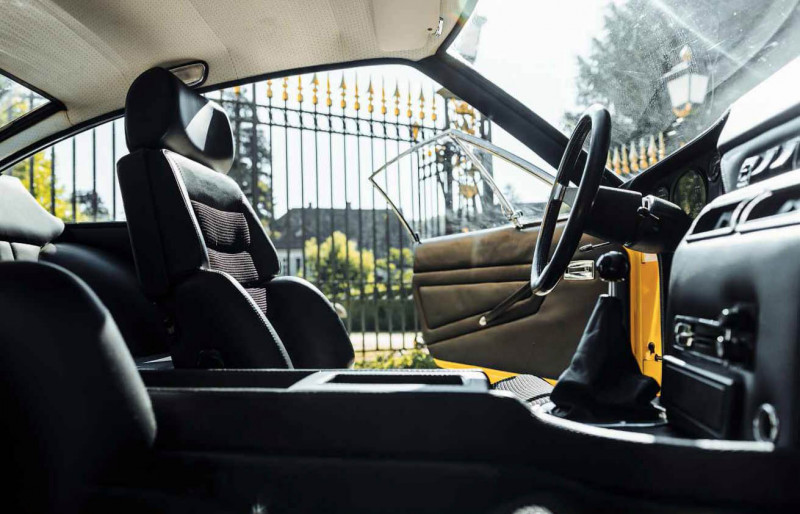
After an impromptu press conference in Binningen the 375S made its world debut at the 1967 Frankfurt show. The sheer quality of its build, the elegance of its body and the luxe-GT spec attracted huge attention and praise. Ten were built and a four-seat version was introduced at the 1968 Geneva show, of which ten were also made. But by then Frua was struggling to deliver quickly enough and Monteverdi switched to Fissore, based in the Turin suburb of Savigliano, which had greater capacity. The break-up with Pietro Frua was not pleasant, as he claimed to have designed the body and thus to own the rights to it. But no matter, a new bodystyle was born. It became the best-known and most numerous Monterverdi: the High Speed 375L.
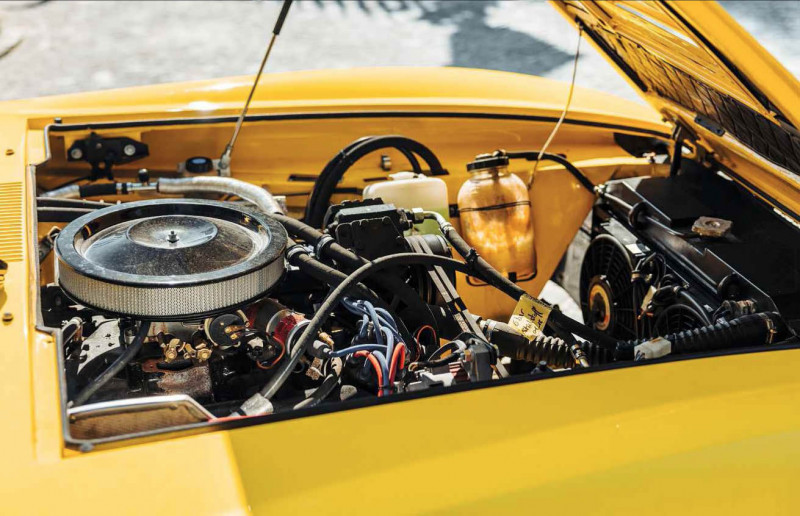
The latest US safety standards were incorporated into the new model, which had a higher nose with four headlights framing the radiator grille, and new concessions to comfort included better sound deadening, plusher seats and an imposing Westinghouse air-con unit that took pride of place in the centre console. It became the mainstay of the firm, with around 100 built. Even so, not all potential markets could be tapped, as former Monteverdi sales manager Paul Berger notes: ‘In France, the type approval homologation process was too expensive and very complicated. So we didn’t bother.’ French clients would typically register their cars in Switzerland.
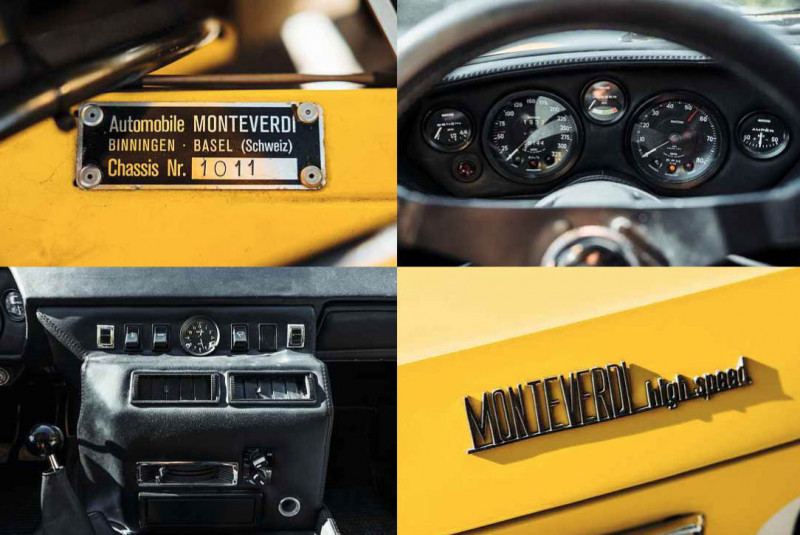
There followed the two-seater short-wheelbase 375S High Speed, launched at the 1969 London Motor Show. Only six were made and Monteverdi himself admitted that it wasn’t his best design, with an unfortunate ‘fish mouth’ nickname. Even so, it became the basis for the 3750, the company’s first convertible. Far more ambitious was the 375/4 limo, fully 5.3m long and designed for emperors and plutocrats for whom the Mercedes-Benz 600 W100 wasn’t quite exclusive enough. About 35 of those were built.

Only then came the Berlinetta. It’s a car that remains a mystery when in fact it is the most advanced expression of the 375 theme. And that fact prompted a trip to Basel to test-drive what is the ultimate front-engined Monteverdi, one of the three Berlinettas manufactured.
The first of those was presented at the March 1973 Geneva show. It featured a number of revisions, including a more modern interior (gone was the wooden dash) with Scheel bucket seats. Safety improvements included rollover bars integrated into the B-pillars, impact-absorbing bumpers, the fuel tank mounted under the trunk, an indirect steering column; even a fire extinguisher system by Graviner, with three heat sensors and six nozzles in the cockpit and engine bay.

More direct ZF power steering complemented the sports package, along with the mighty 7.0-litre Hemi engine — with Monteverdi’s own oil pan and cooler — plus a five-speed ZF gearbox. This first one was based on an early 3758 Fissore car, modified to Peter Monteverdis own chosen specification at Carrosserie Wenger in central Basel, which from the 1960s had collaborated closely, a bit like Ferraris Scaglietti, creating new models based on the founders designs. It eventually found its way to Sweden, where it remains, minus its impact bumpers.
'THOSE 7.2 LITRES MAKE THEIR PRESENCE KNOWN IN NO UNCERTAIN TERMS, LIKE A NASCAR RACER IN BLACK TIE'
The second car was built by Fissore in Italy, also with the 7.0-litre Hemi, and was part of the museum collection for decades. It was sold in recent years to a collector in Munich, who is currently restoring it.
The third car, which you see here, received the 7.2-litre Chrysler Magnum engine, which was considered smoother than the rough-idling Hemi. This difference has for decades generated confusion in cafe conversations among Monteverdi devotees; it was also fitted with a four-speed manual box. Like the first, it was built by Wenger, but unlike the first two it did not have indicators protruding along the side of the nose. It was shown at Geneva in 1974, with black stripes along the sides of its body.
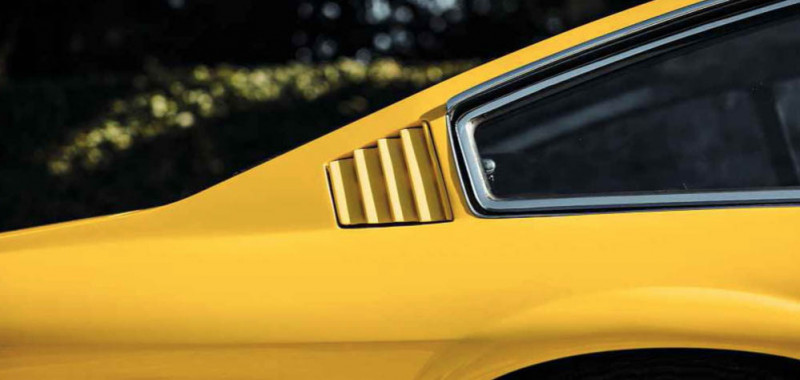
It has been owned for several years by Ruedi Wenger, who heads the 100-year-old coachwork company that bears his name and was always close to Monteverdi. Having owned several 375s before, Wenger wanted a Berlinetta and tracked this car down. It had been sold new to an Italian and he located it in Lausanne. Even though it showed only 54,000km he nevertheless carried out a complete bare-shell restoration over several years, mostly in his own workshops with a view to long-term durability. Handy to own such a company, otherwise he would have had to pay CHF250,000 (about £220,000) for the work. He has since driven it in numerous touring rallies.

Inside, the dash is simple and the acreage of black leather disguises the scale of the huge centre console. There is a tight bench in the back for kids or short rides. The gearlever is high-mounted but, with only four gears and more torque than a container ship, it doesn’t get intense use. In traffic the mighty Magnum engine, fed by a Carter four-barrel downdraught carburettor, is subdued and, along with the power steering, makes the Berlinetta an entirely placid ride in town. Despite the summer heatwave, that air-con keeps things cool, too.
Young Swiss observers have no clue what it is but, as we have seen when stopping at some historical Monteverdi locations, the older generation of Basel residents recognise their city’s grand touring car with a pride for Swiss craftsmanship that is not restricted to watches. Their nostalgia is real and touching.
Once you are out in the countryside, those 7.2 litres make their presence and urge known in no uncertain terms, like a NASCAR racer in black tie, sweeping you forth with utter effortlessness. As is usual with Detroit lumps, you don’t even approach 5000rpm — the Hemi version must be quite something. The seemingly endless torque, 423lb ft no less, is just on another scale. What surprises most, though, is the near-perfect poise of the chassis and its agility. Despite a lengthy wheelbase and the fact that the engine has been moved slightly forward compared with the standard 375L, it amazes with its neutral stance and willingness to turn. Clearly a lot of fine-tuning has been carried out.
In fact, Peter Monteverdi was known to be a fussy perfectionist. As an ex-racer with lots of twisty roads at hand he was never going to countenance a clumsy boulevard cruiser. I would have been happy to head to the Furka and Susten passes and spend all day relishing this car’s polished handling — a friend who just bought a standard 375L and completed a grand tour of the Swiss passes confirmed its regal ease. I can back that up by stating that, after wanting to drive a Monty for more than four decades, nothing whatsoever disappoints me. This is a case of your hero living up to expectations.
The Palm Beach convertible, introduced at Geneva in 1975, was a last hurrah for the 375. It integrated the nose and body shape of the Berlinetta, though only one was built.
Neverending Italian strikes had increased already lengthy delivery times to 18 months and led to the cancellation of orders across the range. The 1973 energy crisis had made anything with a Hemi or a Magnum V8 seem as out of place anywhere in Europe as a buffalo in Paris.
The loss of sales impacted cashflow and, while rumours of bankruptcy flared, Peter Monteverdi succeeded in staying afloat with co-operative banks while being frank with his clients. His flirtation with boat production was brief but partial salvation came from an unlikely source: Monteverdi presaged the luxury 4x4 market with the Safari at the 1976 Geneva show. What is remarkable is that Monteverdi stands alone in Swiss history, its only manufacturer of grand touring cars. It took all the resolve, determination and business acumen of an exceptional man to create that, which is something no-one can take away from him and his very dedicated staff.
While the Hai was undeniably the company’s halo car, only one was sold in period. The Berlinetta, as the most advanced of the 375 series, is therefore nothing less than the ultimate creation of the marque s heyday.
THANKS TO Ruedi Wenger, Paul Berger and Jaakko West
TECHNICAL DATA 1974 Monteverdi Berlinetta
- Engine 7206cc OHV V8, Carter four-barrel downdraught carburettor
- Max Power 300bhp @ 4600rpm
- Max Torque 423lb ft @ 3200rpm
- Transmission Four-speed manual, rear-wheel drive
- Steering ZF worm and roller, power-assisted
- Suspension Front: double wishbones, coil springs, adjustable telescopic dampers, anti-roll bar. Rear: de Dion axle, parallel upper and lower radius rods, Watt's linkage, coil springs, telescopic dampers
- Brakes Girling discs, inboard at rear
- Weight 1720kg
- Top speed 180mph (claimed)
- 0-60mph 5.9sec (claimed)
Above and below
Scheel bucket seats, extensive black leather, and a huge centre console to house the air conditioning: that's the Swiss definition of GT luxury; 7.2-litre Chrysler VS is, er, ample.


